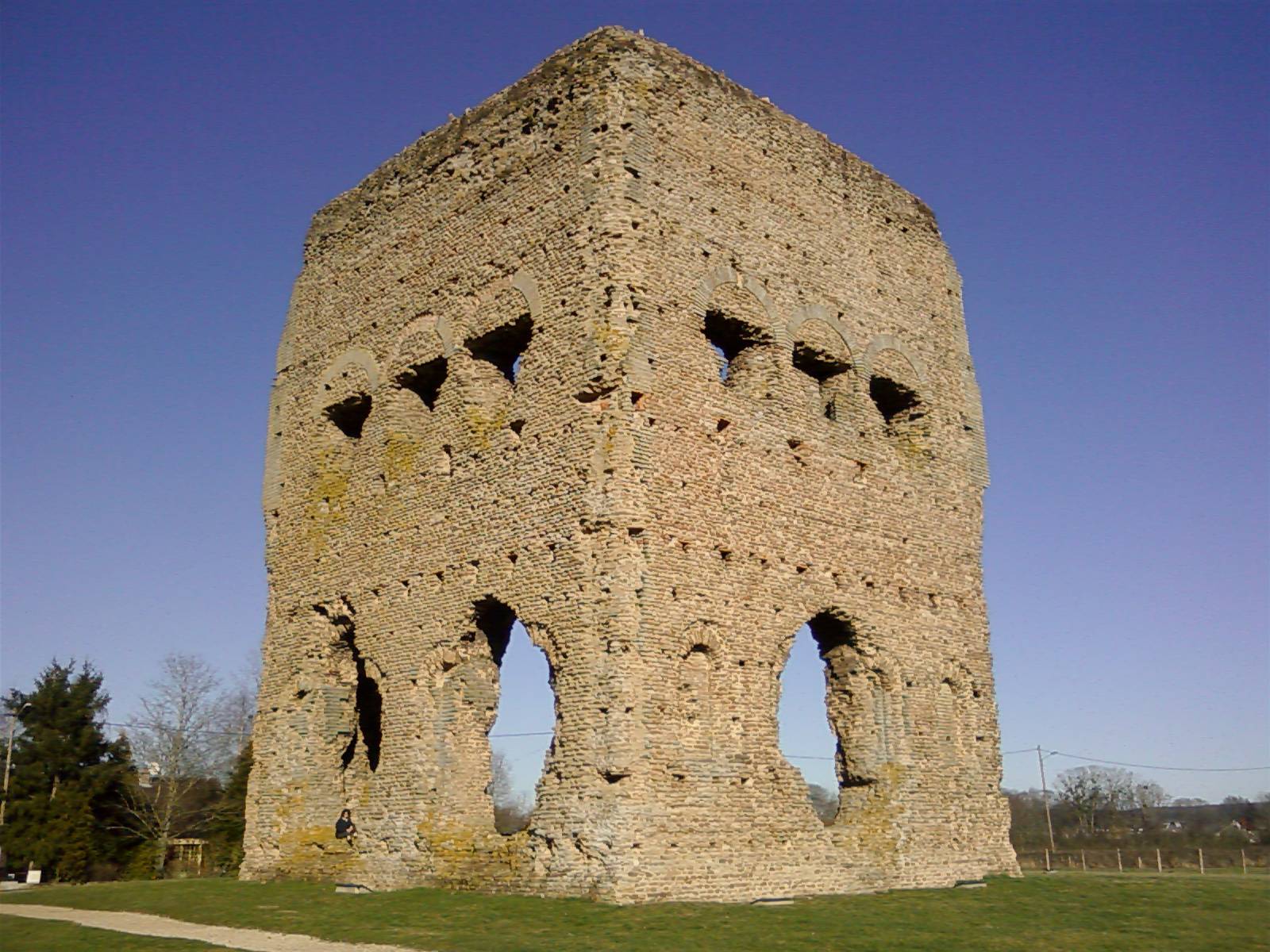Autun: A Historical Overview
Autun, a subprefecture of the Saône-et-Loire department in the Bourgogne-Franche-Comté region of central-eastern France, holds a significant place in history, dating back to its foundation during the early Roman Empire. Originally named Augustodunum by Emperor Augustus, the city served as a Roman capital for the Gallic people Aedui, replacing their political center at Bibracte, located approximately 25 km away. The strategic relocation and the establishment of Augustodunum underscore the Roman Empire’s efforts to consolidate its power and influence over the Gallic territories.
Get your dose of History via Email
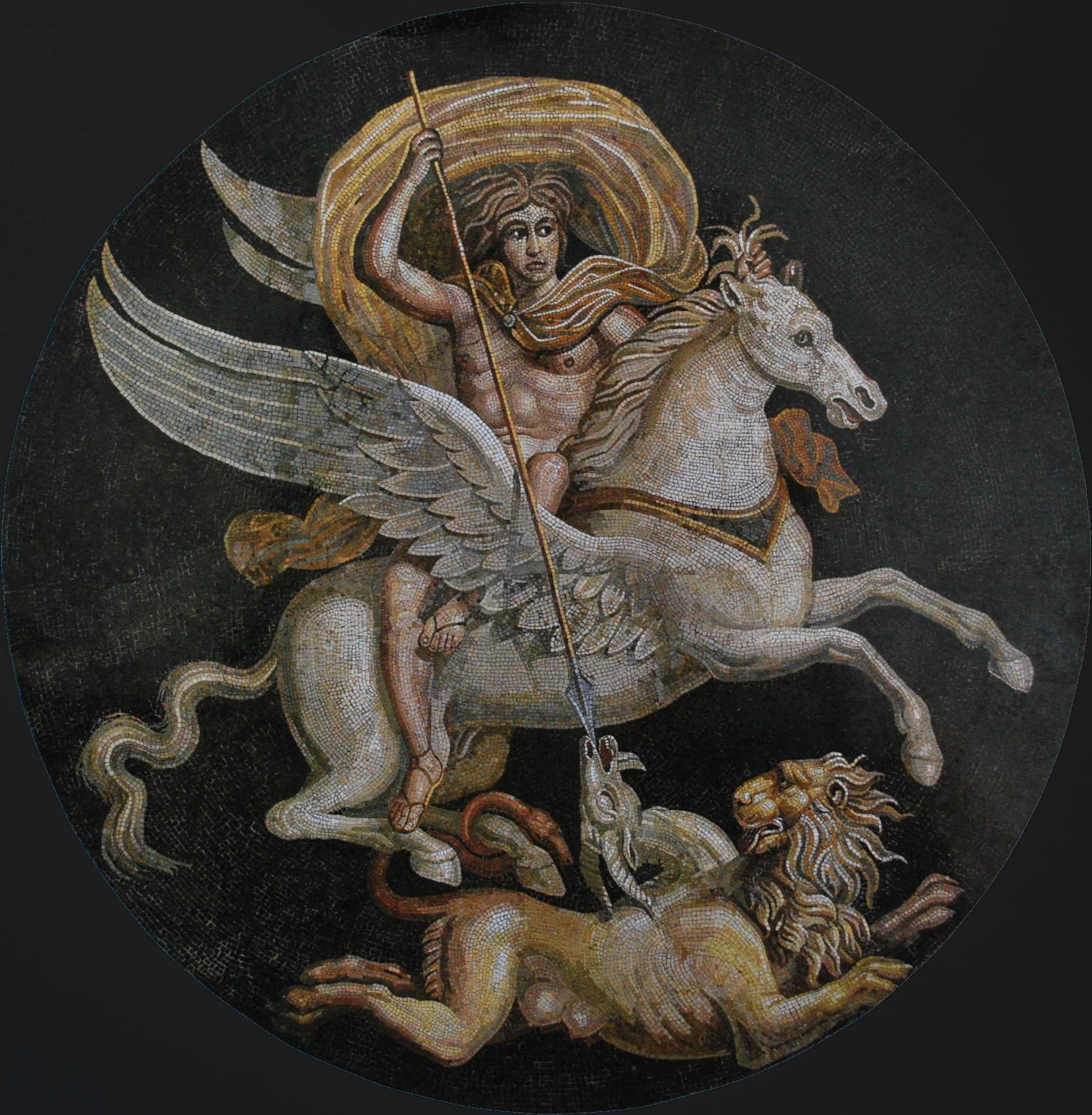
Roman Heritage and Architectural Marvels
Augustodunum was a testament to Roman urban planning and architecture, with its walls, gates, and a Roman theater still partially standing today as reminders of its grand past. The city’s population during Roman times is estimated to have ranged between 30,000 to 100,000 inhabitants, highlighting its importance and vibrancy within the Roman Empire. The presence of a Roman theater, one of the largest in the western part of the empire with a capacity of 17,000 seats, further emphasizes the city’s cultural significance.
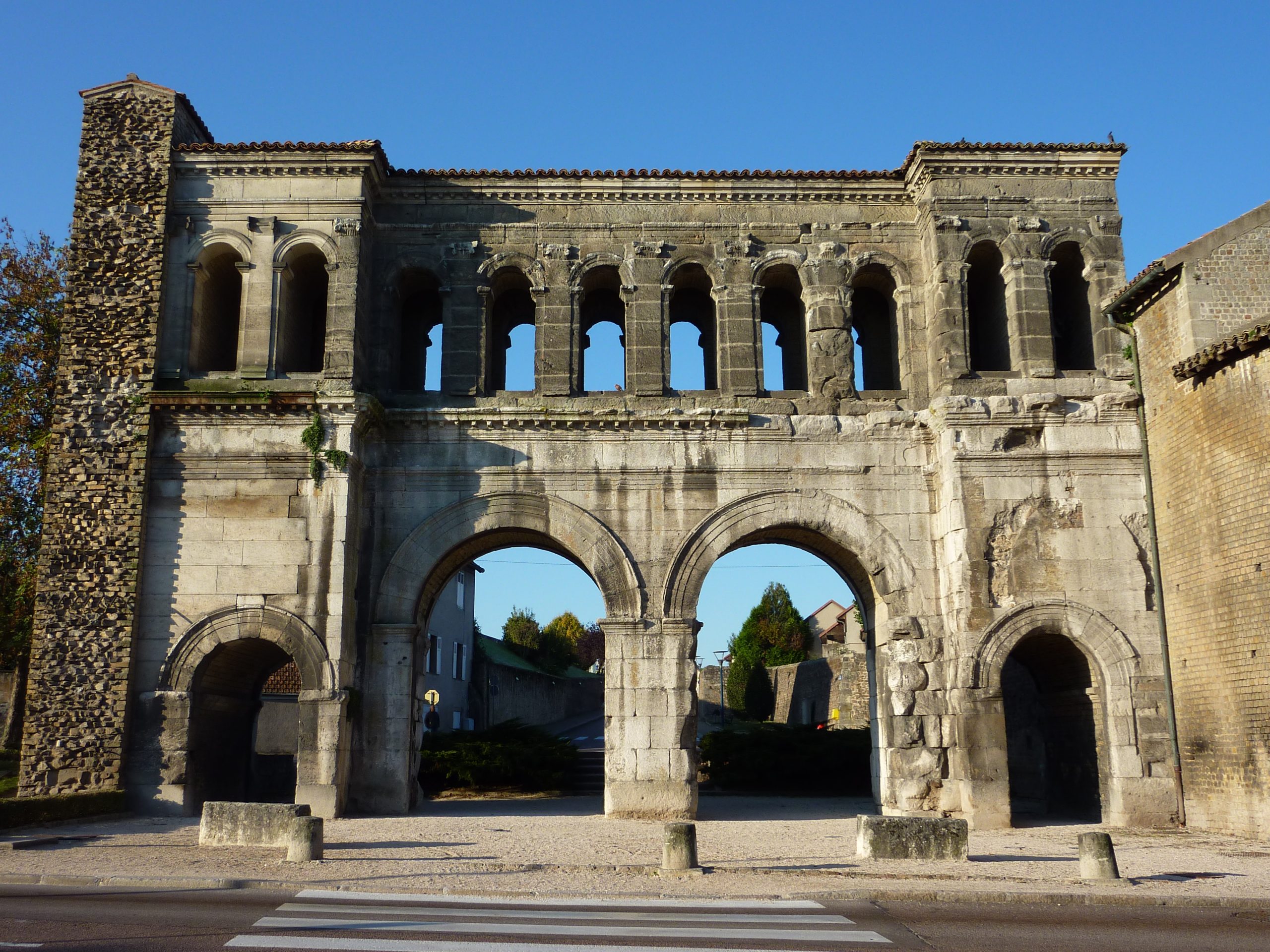
Siege, Schools of Rhetoric, and the Umayyad Campaign
The history of Autun is marked by several key events, including the siege by the Alemanni in AD 356, which showcased the city’s vulnerability due to the disrepair of its walls. The arrival of Emperor Julian prevented the city’s fall, marking one of his early military successes. Autun’s reputation as a center of learning, particularly for its schools of rhetoric, was notable in Late Antiquity. The city was also the site of the easternmost extent of the Umayyad campaign in Europe in 725, under the leadership of the Umayyad general Anbasa ibn Suhaym Al-Kalbi, although the Umayyads did not retain their position for long.
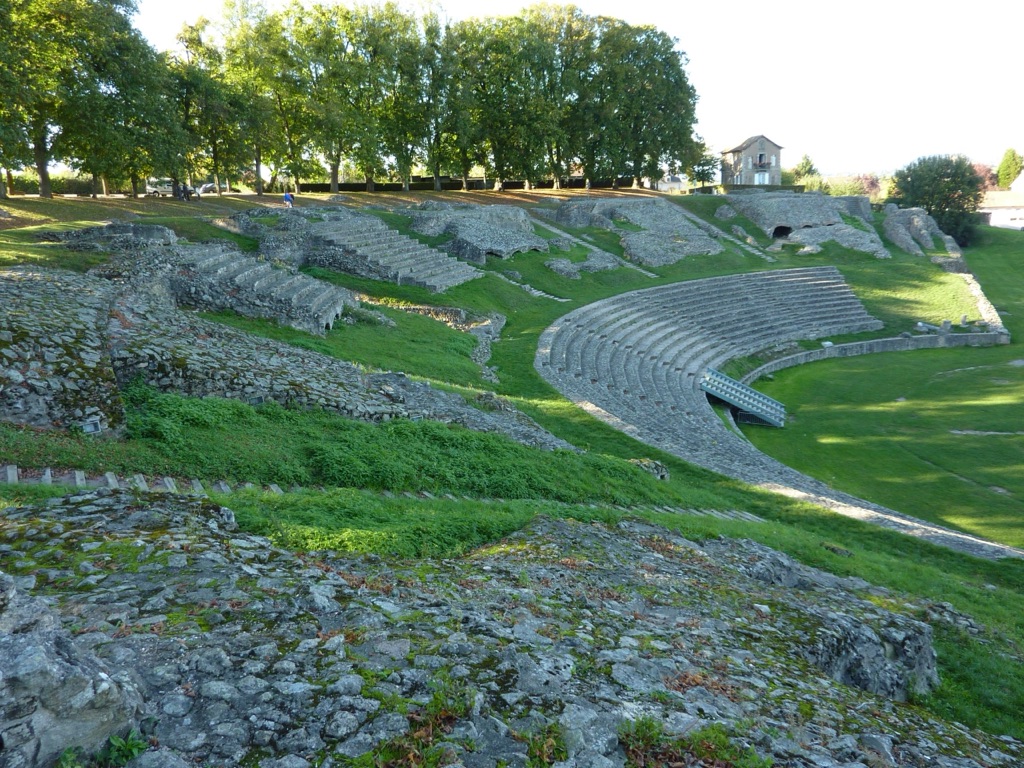
Medieval Battles and Modern Times
Throughout the medieval period, Autun was a battleground for various forces, including the Merovingian kings Childebert I and Chlothar I, who defeated the Burgundians in 532, and the feuding Frankish noblemen in the 7th century. The city also played a role in the Franco-Prussian War of 1870, serving as the headquarters for Giuseppe Garibaldi, leader of the Army of the Vosges.
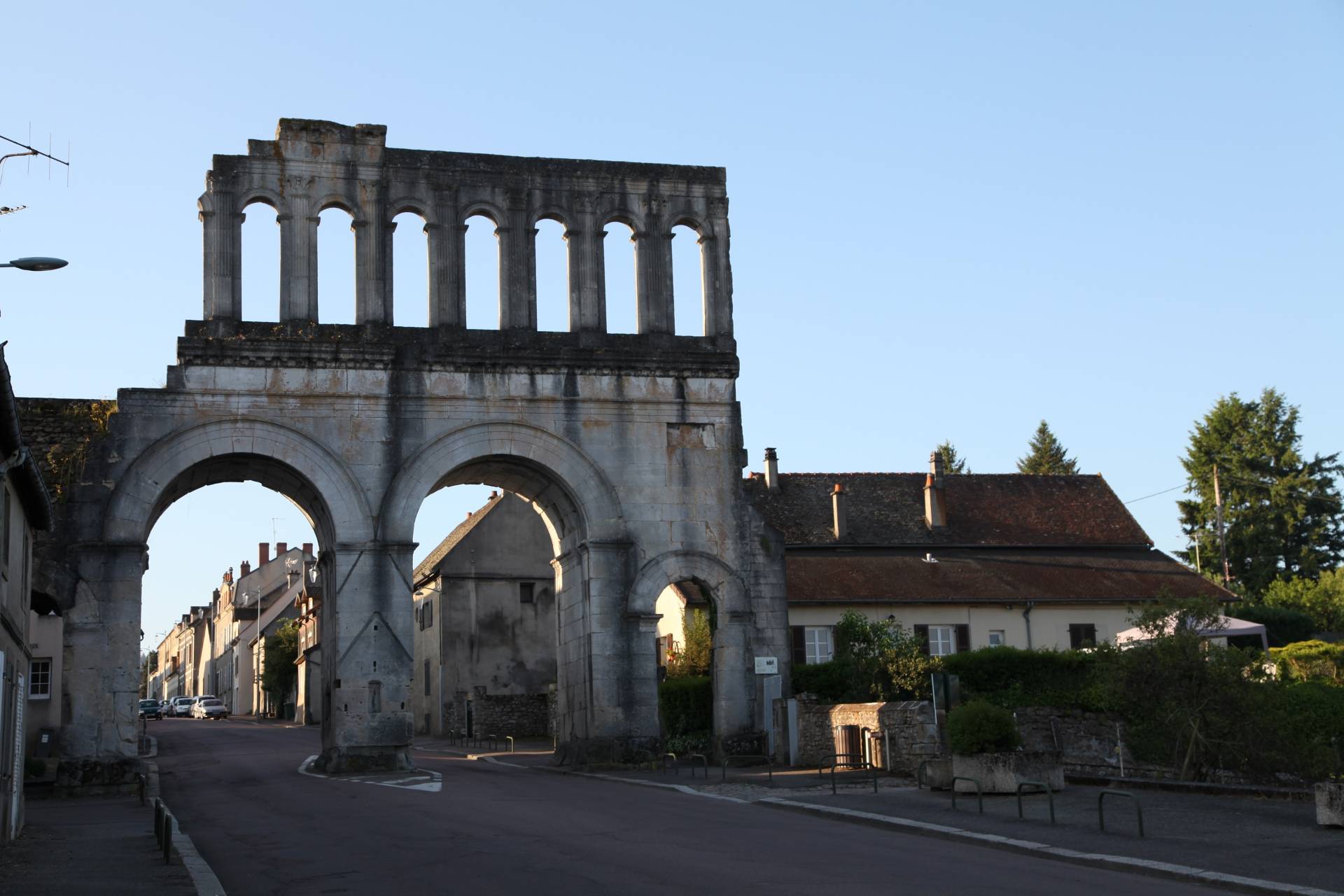
Population Trends and Architectural Sights
The population of Autun has seen fluctuations over the centuries, with a notable decline from the 19th century to the present day. Despite these changes, Autun remains rich in historical and architectural sights, including the ancient Roman gates (Porte Saint-André and Porte d’Arroux), the Temple of Janus, and the Autun Cathedral (Saint Lazare Cathedral), a major example of Romanesque architecture. The cathedral is particularly famous for its architectural sculpture, including the tympanum of The Last Judgment, attributed to the sculptor Gislebertus.
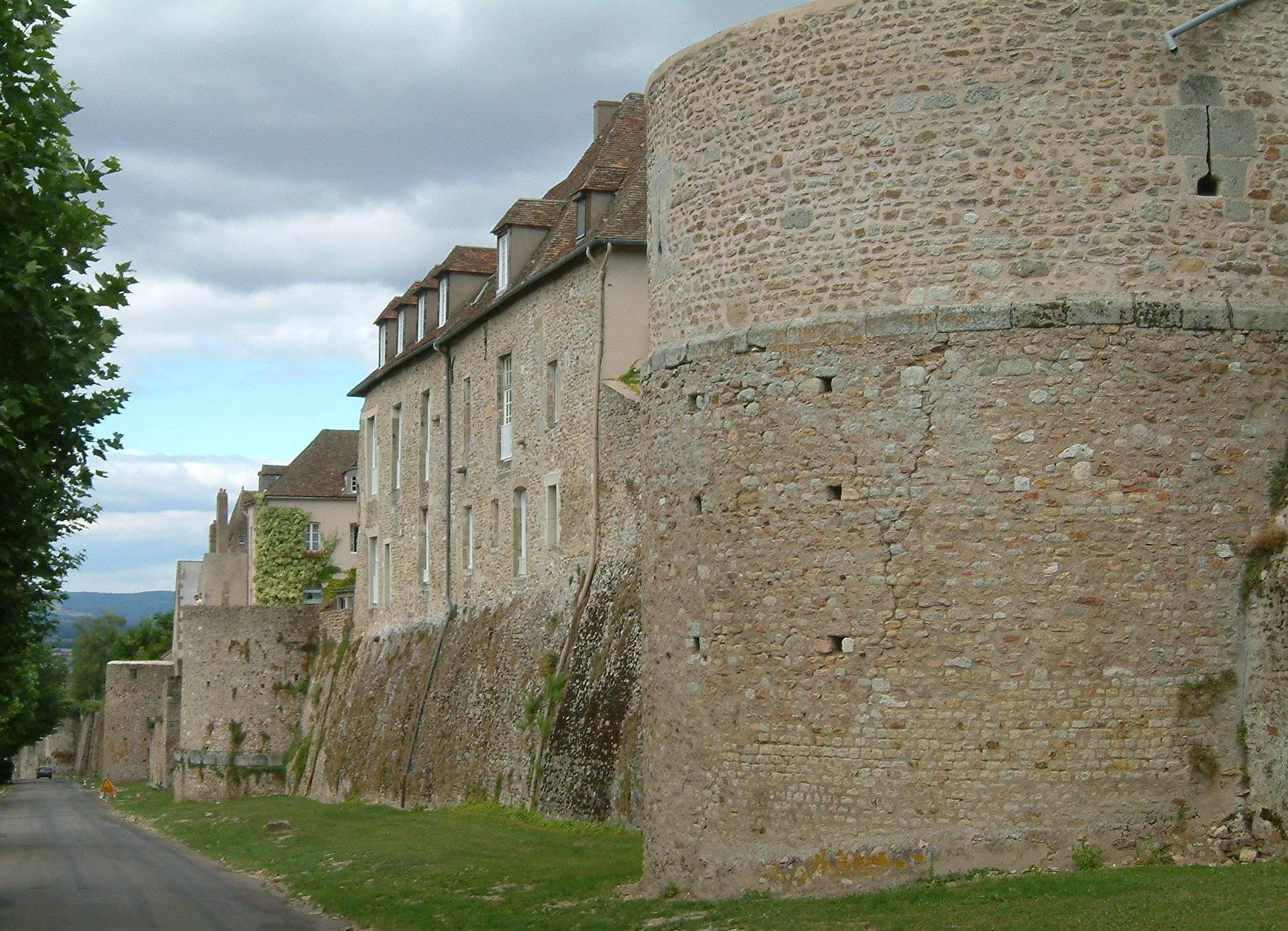
Conclusion
Autun’s historical significance, from its foundation as a Roman capital to its role in various historical events and as a center of learning and culture, makes it a fascinating subject of study. The city’s architectural remains serve as a testament to its rich past, offering insights into Roman urban planning, medieval battles, and the evolution of architectural styles. Autun’s enduring legacy is a reminder of the complex layers of history that have shaped the present.

